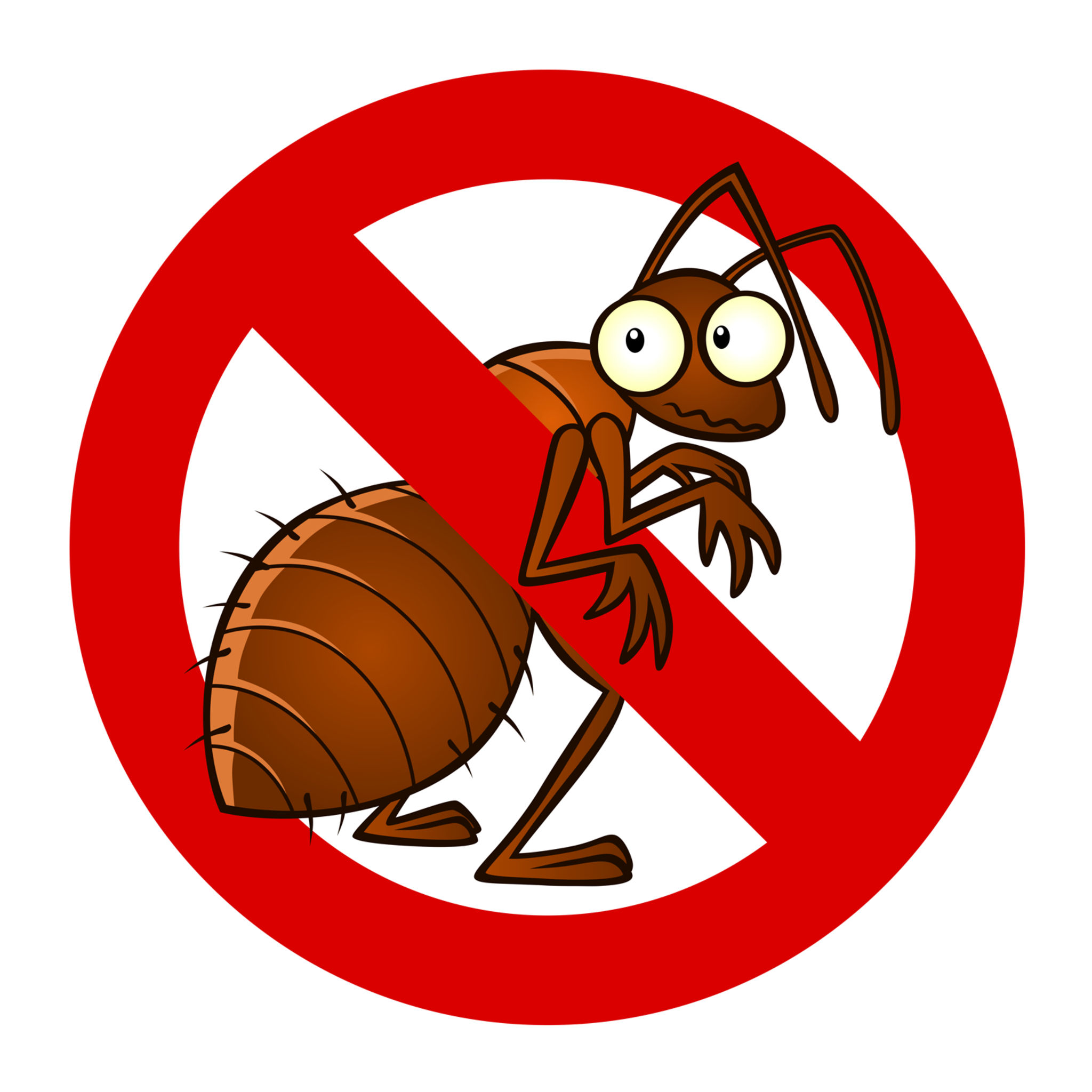Trusted A1 Bed Bug Exterminator Charlotte - Remove Bed Bugs Quick
Trusted A1 Bed Bug Exterminator Charlotte - Remove Bed Bugs Quick
Blog Article
Bed Pest Therapy Break Down: Comparing Chemical Vs. Non-Chemical Solutions
In the world of parasite control, specifically when taking care of the persistent problem of bed insects, the choice between chemical and non-chemical therapy remedies can be a critical one. Both approaches offer distinct benefits and downsides, influencing variables such as performance, security factors to consider, and overall cost. By analyzing the nuanced information of each technique, a more clear understanding of which path to pursue in addressing a bed pest infestation can be obtained.
Effectiveness of Chemical Therapies
Chemical treatments for bed pest problems have actually been widely recognized for their powerful and rapid efficacy in eradicating these pests. When considering the performance of chemical therapies, it is vital to comprehend that they can provide a extensive and fast service to a bed bug trouble. Professional exterminators commonly rely upon pesticides to target bed bugs at different phases of their life process, including adults, eggs, and nymphs. These chemicals generally work by interfering with the bed insects' nerve system, causing paralysis and ultimate fatality.
Moreover, chemical therapies have the benefit of using residual results, meaning that they can remain to remove bed insects even after the preliminary application. This recurring activity is especially valuable in combating any kind of prospective re-infestations. Additionally, the quick activity of chemical therapies can bring alleviation to people encountering severe bed pest problems, permitting them to gain back control of their home quickly.
Safety Interest In Chemical Solutions
One vital aspect that calls for cautious factor to consider when making use of chemical options for bed insect treatment is ensuring the safety and security of owners and the atmosphere. Exposure to certain chemicals utilized in bed bug treatments can lead to breathing concerns, skin inflammation, or other negative responses, specifically in people with pre-existing problems or level of sensitivities.
Additionally, the environmental influence of chemical options is an additional significant factor to consider. Some chemicals utilized in bed pest therapies may be damaging to beneficial insects, wildlife, and ecosystems if they leach right into the soil or water supply. It is vital to use chemical therapies deliberately, following safety standards, and taking into consideration much less harmful choices to minimize these threats and ensure the secure and reliable monitoring of bed insect infestations.
Advantages of Non-Chemical Approaches
Taking into consideration the potential safety and security problems and ecological impact connected with chemical solutions for bed pest treatment, checking out non-chemical strategies provides an encouraging alternative with a number of distinct advantages. Non-chemical methods supply a safer alternative for houses, particularly those with family pets, kids, or individuals delicate to extreme chemicals. These methods get rid of the risks of exposure to poisonous materials, decreasing the possibility for negative health results. Furthermore, non-chemical therapies are eco-friendly, as they do not add to air or water contamination, making them a lasting option for bug control.
Additionally, non-chemical services can be reliable in targeting bed bugs, including hard-to-reach areas where chemical treatments may not penetrate - A1 bed bug exterminator charlotte. Methods such as warm therapy, vacuuming, steam cleansing, and visit mattress encasements provide thorough removal without the usage of damaging chemicals.
Limitations of Non-Chemical Treatments

In addition, non-chemical treatments usually call for multiple applications to attain successful eradication. This can be time-consuming and might not constantly ensure total elimination of all bed pests and their eggs, specifically in hard-to-reach or hidden places.
Additionally, the success of non-chemical treatments heavily depends on correct execution and thoroughness, which can be testing for individuals without specialist experience. Poor application of non-chemical approaches may cause incomplete removal, causing relentless infestations and the demand for added treatments.
As a result, while non-chemical treatments have their benefits, it is important to acknowledge these limitations and consider them when figuring out one of the most reliable strategy for managing bed bug infestations.
Cost Contrast: Chemical Vs. Non-Chemical Options
Provided the restrictions related to non-chemical treatments, an important element to review in the context of bed bug management is the price comparison between chemical and non-chemical choices. Chemical treatments commonly involve the application of pesticides by experts, which can vary from $250 to sites $900 per area, relying on the extent of the infestation and the size of the area to be treated. On the other hand, non-chemical therapies like warmth treatment or steam can be extra pricey, with prices ranging from $1,000 to $6,000 for a whole home. While the initial price of chemical therapies may appear reduced, several therapies might be required to fully remove the problem, possibly raising the total price. On the various other hand, non-chemical choices may offer a much more lasting and environment-friendly solution, although they can be cost-prohibitive for some individuals. Eventually, when taking into consideration the price of bed bug therapy alternatives, it is very important to evaluate the in advance expenses against the performance and long-lasting sustainability of the picked technique.
Final Thought

Taking into consideration the prospective safety worries and ecological effect associated with chemical remedies for bed pest treatment, discovering non-chemical techniques offers an encouraging alternative with several unique benefits.Provided the limitations connected with non-chemical therapies, an essential element to evaluate in the context of bed insect monitoring is the expense comparison between chemical and non-chemical alternatives. In contrast, non-chemical therapies like warmth therapy or steam can be more expensive, with expenses varying from $1,000 to $6,000 for an entire home. While the first expense of chemical treatments might appear reduced, multiple therapies may be needed to totally eliminate the infestation, potentially raising the overall price.In verdict, when comparing chemical and non-chemical bed bug treatment options, it is important to think about efficiency, security, advantages, restrictions, and expense.
Report this page